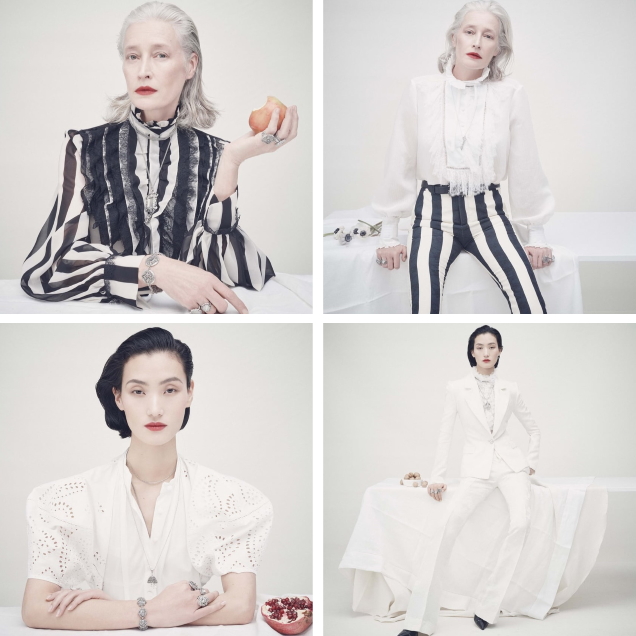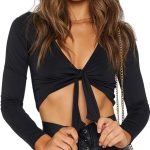Zara is one of the most influential fashion retailers in the world, renowned for its ability to translate high fashion trends into affordable and accessible collections. The brand’s clothing campaigns have been pivotal in shaping its global identity and appeal. This comprehensive guide delves into the various aspects of a Zara clothing campaign, from conceptualization to execution, and the impact these campaigns have on consumers and the broader fashion industry. Whether you’re a fashion enthusiast, a marketing professional, or simply curious about how Zara maintains its market leadership, this deep dive will provide valuable insights.
1. The Conceptualization Phase
Identifying Market Trends
At the heart of zara clothing campaign’s success is its keen ability to identify and respond to market trends. Before launching any clothing campaign, Zara’s design and marketing teams conduct extensive market research. This involves analyzing runway shows, fashion blogs, social media trends, and competitor activities. Zara’s fast-fashion model allows it to quickly adapt to emerging trends, often bringing new designs from concept to store shelves in a matter of weeks. This agility ensures that Zara’s campaigns are always current, catering to the immediate desires of fashion-conscious consumers.
The brand also leverages customer feedback and sales data to understand what’s resonating with its audience. By paying close attention to what consumers are buying and discussing, Zara can refine its campaign concepts to align with real-time market demands. This customer-centric approach not only improves product offerings but also builds brand loyalty, as consumers feel their preferences are being heard and addressed.
Crafting the Campaign Narrative
Once market trends have been identified, the next step is crafting a compelling campaign narrative. Zara’s campaigns often tell a story that resonates with its target audience, whether it’s about seasonal transitions, lifestyle aspirations, or cultural themes. The narrative is woven through various elements, including visual aesthetics, product styling, and promotional materials. By creating a cohesive story, Zara ensures that its campaigns are memorable and impactful.
This storytelling approach extends to the selection of models, locations, and photography style. Zara often opts for minimalist, high-contrast visuals that highlight the clothing rather than distracting from it. The models are chosen not just for their appearance, but also for their ability to embody the campaign’s theme. This meticulous attention to detail ensures that every aspect of the campaign contributes to a unified and compelling narrative.
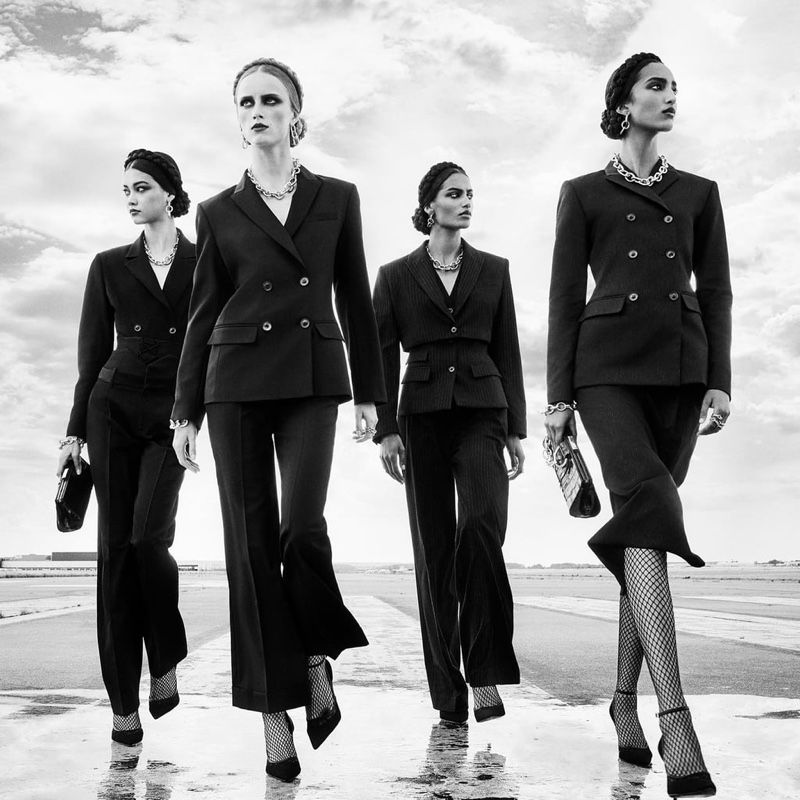
2. Designing the Collection
Fast-Fashion Production
One of Zara’s distinguishing features is its fast-fashion production model. Unlike traditional fashion houses that operate on a seasonal basis, Zara introduces new collections frequently, sometimes bi-weekly. This rapid production cycle allows Zara to stay ahead of the curve and keep its inventory fresh. The design team works closely with the manufacturing units to ensure that new designs are quickly translated into tangible products.
To maintain quality while speeding up production, Zara uses a combination of in-house manufacturing and a network of local suppliers. This hybrid approach allows for greater control over production and faster turnaround times. The company’s production facilities are strategically located near its design headquarters in Arteixo, Spain, enabling swift prototyping, quality checks, and adjustments as needed. This integrated production system is a cornerstone of Zara’s ability to launch timely and relevant clothing campaigns.
Sustainable Practices
In recent years, sustainability has become a crucial consideration in fashion production. Zara is increasingly incorporating eco-friendly practices into its operational model. The brand’s “Join Life” initiative focuses on using sustainable materials, reducing water consumption, and minimizing waste throughout the production process. When designing a new collection, the company prioritizes organic cotton, recycled polyester, and other sustainable fabrics.
In addition to sustainable materials, Zara is also committed to ethical manufacturing practices. This includes ensuring fair labor conditions in its supply chain, reducing carbon emissions, and implementing energy-efficient technologies in its production facilities. Sustainability is not only a buzzword for Zara; it’s gradually becoming an integral part of its brand identity and clothing campaigns, appealing to the environmentally conscious consumer.
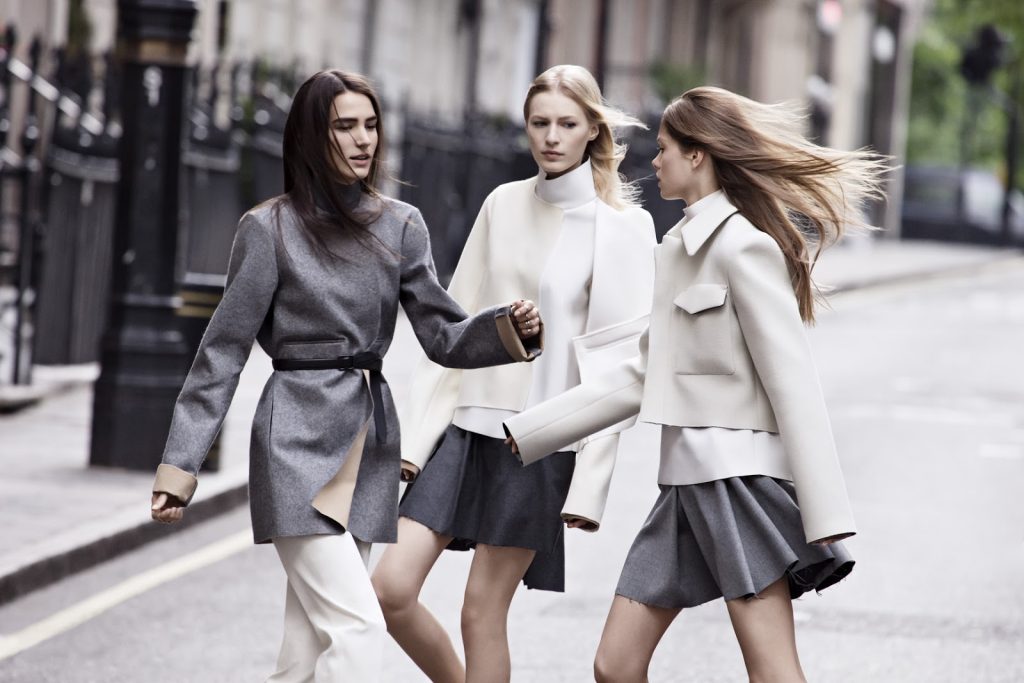
3. Execution and Visual Presentation
High-Impact Visuals
Visual presentation is critical in zara clothing campaign. The brand invests heavily in high-quality photography and videography to showcase its collections. Style, composition, lighting, and location all play vital roles in creating visually striking campaign assets. Zara frequently opts for clean, minimalist backdrops that focus the viewer’s attention on the clothing. The use of contrast and natural light adds depth and texture, making the garments appear even more appealing.
Professional models bring the clothes to life, demonstrating how they move and fit in real-world scenarios. Zara’s lookbooks and catalogues often feature dynamic poses and lifestyle shots that inspire consumers to visualize themselves in the outfits. Additionally, video content like behind-the-scenes footage, runway shows, and styling tips further enrich the visual narrative, providing multiple touchpoints for consumer engagement.
Digital Integration
In today’s digital age, the execution of a clothing campaign extends far beyond traditional media. Zara leverages multiple digital platforms to ensure broad reach and engagement. The brand’s website and mobile app are often the first points of contact for many consumers. High-resolution images, detailed product descriptions, and seamless navigation ensure a positive user experience. Zara also employs AI-driven personalization to recommend products based on consumer browsing history and preferences.
Social media platforms like Instagram, Facebook, and Pinterest play a pivotal role in amplifying Zara’s campaigns. With carefully curated posts, stories, and ads, Zara engages with its audience, fostering a sense of community and excitement around new collections. Influencers and brand ambassadors further extend the campaign’s reach, providing authentic endorsements that resonate with their followers. This digital integration ensures that Zara’s campaigns are not only visually captivating but also widely accessible.
4. Consumer Engagement
Leveraging Influencers
Influencer marketing is a significant component of zara clothing campaign’s strategy for consumer engagement. The brand collaborates with fashion influencers, bloggers, and celebrities who embody its aesthetic and values. These influencers often receive early access to new collections and share their styling tips and reviews with their followers. This form of authentic promotion helps build trust and credibility, driving higher engagement and conversions.
Zara strategically selects influencers who have a strong connection with its target demographic, ensuring that the campaign messages resonate well with the intended audience. By featuring diverse influencers, Zara also appeals to a broad range of consumers, enhancing its brand inclusivity. These partnerships are meticulously planned and executed to align with Zara’s campaign narrative, creating a cohesive and impactful marketing effort.
Customer Feedback and Interaction
Customer feedback is invaluable to zara clothing campaign success. The brand actively encourages reviews, ratings, and social media interactions to gauge consumer reactions to new collections. This feedback loop helps Zara make real-time adjustments to its offerings, ensuring that it meets consumer expectations. Engaging directly with customers through social media comments, direct messages, and interactive polls fosters a sense of community and loyalty.
Moreover, Zara uses customer data to personalize the shopping experience both online and in-store. From customized email recommendations to personalized app notifications, Zara ensures that consumers receive relevant content that aligns with their preferences. This data-driven approach not only enhances customer satisfaction but also drives repeat purchases, reinforcing the effectiveness of Zara’s campaigns.
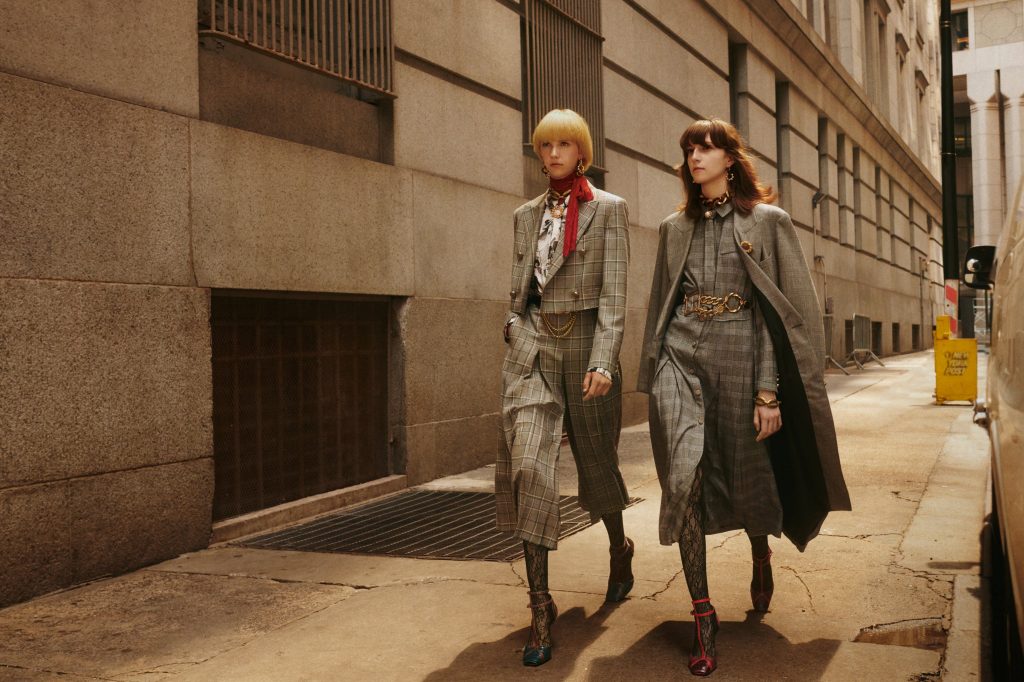
5. In-Store Experience
Innovative Store Layouts
The in-store experience is an integral part of Zara’s campaign execution. Zara’s stores are known for their clean, modern design that aligns with its brand aesthetic. Innovative store layouts encourage easy navigation and highlight new collections through strategic displays. Zara frequently updates its store interiors to reflect current campaigns, creating a cohesive and immersive shopping environment.
Interactive elements, such as digital kiosks and smart fitting rooms, enhance the customer experience by providing additional product information and styling options. These innovations streamline the shopping process, allowing customers to make informed decisions quickly. By blending traditional retail with cutting-edge technology, Zara ensures that its in-store experience remains appealing and competitive.
Seasonal and Limited-Edition Collections
Zara often introduces seasonal and limited-edition collections to create a sense of urgency and exclusivity. These collections are highlighted prominently in-store, encouraging customers to explore and purchase the latest offerings. Limited-edition items often feature unique designs or materials that differentiate them from regular collections, making them highly sought-after by fashion enthusiasts.
Seasonal collections are meticulously timed to coincide with key fashion moments, such as holiday seasons or major fashion weeks. By offering fresh and relevant products, Zara keeps its inventory dynamic and aligns with consumer demand. This strategy not only drives sales but also reinforces Zara’s reputation as a trendsetting brand.
6. Measuring Campaign Success
Key Performance Indicators (KPIs)
Measuring the success of a Zara clothing campaign involves tracking various Key Performance Indicators (KPIs). Sales performance is a primary metric, encompassing both in-store and online transactions. In addition to sales data, Zara monitors customer engagement metrics such as website traffic, social media interactions, and email open rates. These indicators provide valuable insights into consumer interest and campaign reach.
Other important KPIs include customer satisfaction and retention rates. Zara conducts surveys and gathers feedback to assess consumer perceptions of the campaign and overall shopping experience. By analyzing these metrics, Zara can identify strengths and areas for improvement, guiding future campaign strategies. Data-driven decision-making ensures that Zara’s campaigns remain effective and aligned with market trends.
Adapting Future Campaigns
The insights gained from campaign analysis are instrumental in shaping future initiatives. Zara continuously adapts its strategies to reflect consumer preferences and industry developments. This iterative approach allows Zara to stay ahead of the competition and maintain its position as a leading fashion retailer. By leveraging data and feedback, Zara can refine its campaign narratives, product designs, and marketing tactics.
Adapting to changing consumer behavior is particularly vital in the fast-paced fashion industry. Zara’s ability to pivot quickly and efficiently ensures that it remains relevant and appealing. Whether it’s incorporating new technologies, embracing sustainable practices, or exploring innovative marketing channels, Zara’s commitment to evolution drives its ongoing success.
In conclusion, a Zara clothing campaign is a multifaceted effort that encompasses trend identification, design innovation, visual execution, consumer engagement, and performance measurement. Each phase is meticulously planned and executed to ensure that Zara continues to lead in the fast-fashion industry. Understanding these elements provides valuable insights into Zara’s sustained success and offers inspiration for fashion enthusiasts, marketers, and business professionals alike. By embracing Zara’s strategies, one can appreciate the intricate balance of creativity, agility, and consumer focus that defines modern fashion campaigns.
